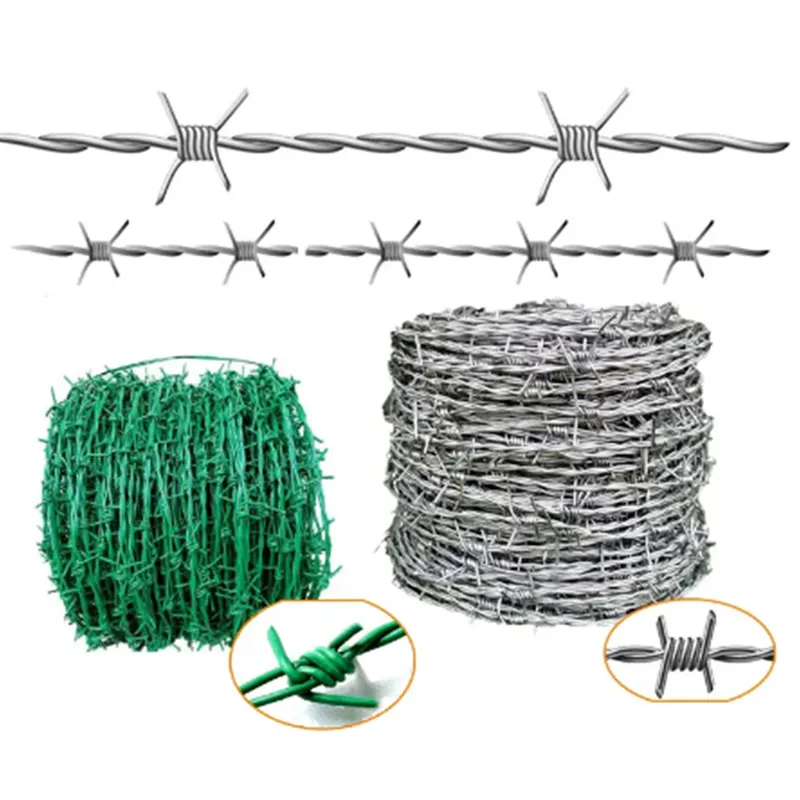-
 Phone:
Phone: -
 Email:
Email:

Exploring Various Dimensions and Specifications of Hexagonal Wire Mesh for Effective Applications
Understanding Hexagonal Wire Mesh Sizes A Comprehensive Guide
Hexagonal wire mesh, commonly known for its unique hexagonal shape, is a versatile material that plays a crucial role in various applications, from construction and agriculture to landscaping and fencing. Its distinct design not only provides durability and strength but also offers a range of sizes to suit different needs. This article aims to delve into the significance of hexagonal wire mesh sizes and how to select the right one for your specific project.
The Structure of Hexagonal Wire Mesh
Hexagonal wire mesh is typically made from high-quality steel or galvanized wire. Each section of the mesh is formed into a hexagonal pattern, which provides excellent structural integrity. The size of the openings and the diameter of the wire can significantly affect the mesh's performance and suitability for different applications.
Common Sizes and Their Applications
1. Wire Diameter The diameter of the wire used in hexagonal mesh can range from 0.5 mm to 3 mm or more, with thicker wires providing greater strength and resistance against deformation. Thicker wires are often preferred for heavy-duty applications such as animal enclosures and heavy landscaping, while thinner wires are suitable for lightweight projects like garden fencing.
2. Mesh Size The size of the hexagonal openings can vary significantly, typically ranging from 19 mm to 100 mm. Smaller mesh sizes are ideal for applications that require containment and security, such as aviaries or rabbit enclosures, where smaller animals may escape through larger openings. Conversely, larger mesh sizes are used in drainage applications, erosion control, and as reinforcement in construction.
3. Roll Length and Width Hexagonal wire mesh is available in roll form, which makes it easy to handle and install. Common roll widths range from 1 meter to 2 meters, with lengths varying based on the size of the mesh and the manufacturer's specifications. For larger projects, rolls may be available up to 50 meters long, allowing for extensive coverage without the need for frequent seams.
hexagonal wire mesh sizes

Selecting the Right Size for Your Project
Choosing the right size of hexagonal wire mesh depends largely on the specific requirements of your project
- For Fencing If you are using hexagonal wire mesh for fencing purposes, consider the type of animals or items you need to contain. Smaller mesh sizes with thicker wire diameters are typically preferred for livestock and security fencing.
- For Landscaping In gardening and landscaping applications, you might opt for a larger mesh size. This allows for better drainage while still providing a barrier against pests and small animals. The wire thickness can be lighter, depending on the structural requirements of the application.
- For Construction and Reinforcement When using hexagonal wire mesh for construction, such as in the reinforcement of soil or concrete, you should choose thicker wires with smaller mesh sizes to ensure maximum stability and strength.
Conclusion
Hexagonal wire mesh is a versatile and essential material in various industries. By understanding the different sizes and their applications, you can make more informed decisions for your projects. Whether you require mesh for fencing, gardening, or construction, selecting the appropriate size will enhance your project’s effectiveness, safety, and longevity. Always consider the specific needs of your application, including the type of animals being contained, the environmental conditions, and the structural requirements, when choosing hexagonal wire mesh.
-
Reinforce Your Projects with Versatile Hexagonal Wire MeshNewsSep.12,2024
-
PVC WireNewsSep.12,2024
-
Maximize Your Closet Space with Clothes Hanger WireNewsSep.12,2024
-
Enhance Safety and Stability with Premium Rock Netting SolutionsNewsSep.12,2024
-
Bucket Handle WireNewsSep.12,2024
-
Baling Wire: Your Ultimate Solution for Securing and BundlingNewsSep.12,2024
-
What’s the Cost of Securing Your Property? Breaking Down Barbed Wire Fence PricesNewsAug.30,2024








